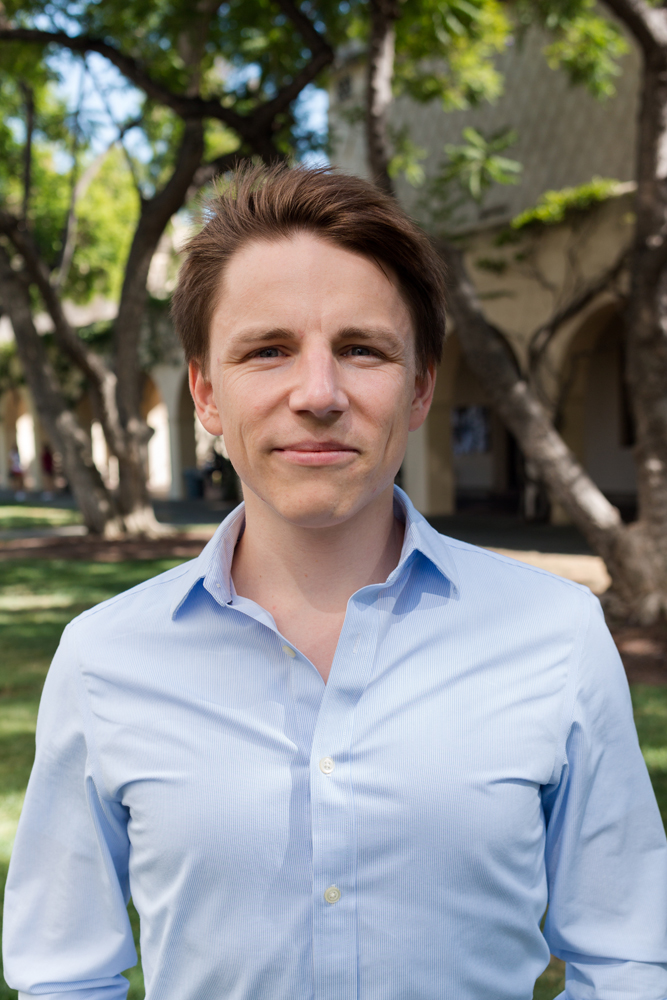In my work, I engineer quantum systems to process quantum information and create a bridge of knowledge between quantum information and condensed matter physics with the tools and systems of atomic physics. In our lab, we are building a new experiment to create a chain of single atoms that will help us see the interesting physics that emerge when these atoms interact. We want to better understand the properties of interacting quantum systems and then engineer these systems to simulate condensed matter systems.
My current work is building an optical system to create optical tweezers that will allow us to trap single atoms using a focused laser beam of light to exert a force on an atom. Our current goal is to cool, trap, and image single strontium atoms arranged in a chain with a linear array of optical tweezers. Ideally, we would create a chain without defect, but that is not always what happens because of imperfect loading efficiency. Using new feedback control algorithms, we will use a camera to identify the defects in the chain, and using the optical tweezers, we plan to reposition the atoms and create a perfect chain without defect. Previously atomic work has been done with rubidium and its single electron, but the two electrons of a strontium atom will allow us to investigate how the rich physics in this more complicated two electron system functions.
